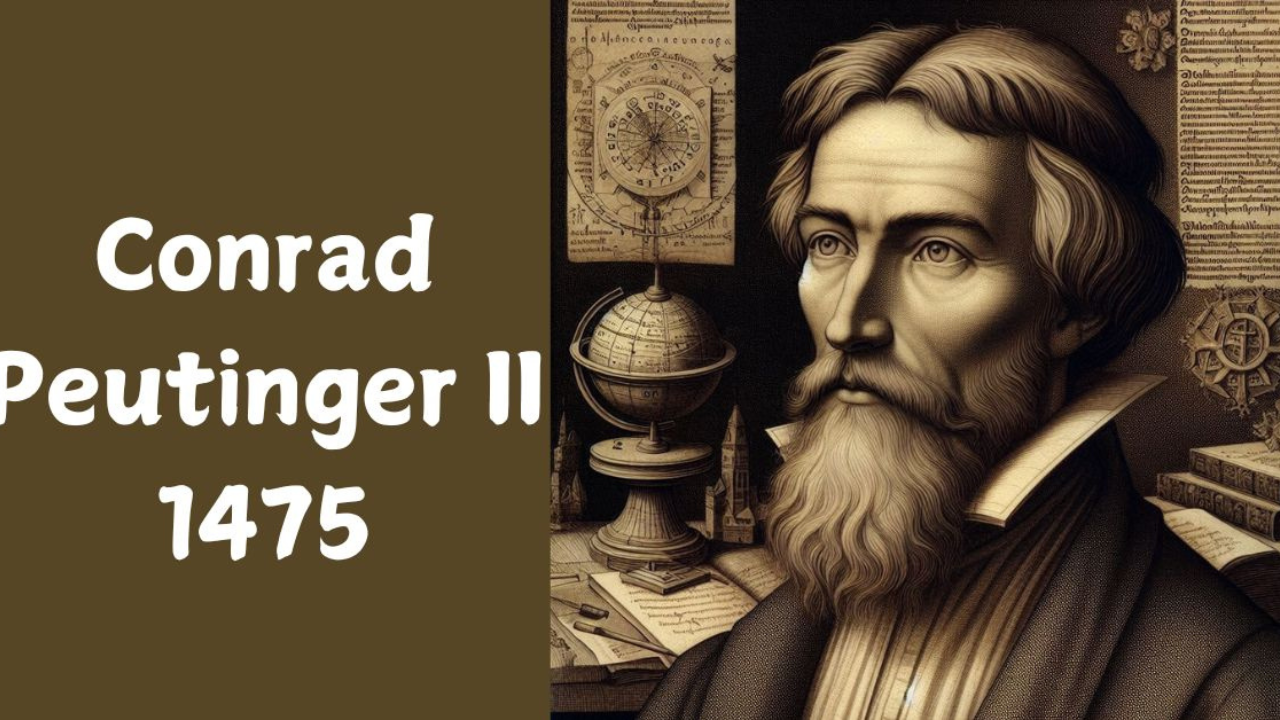Throughout history, the term “Beldames” has invoked images of powerful women steeped in mystery, fear, and allure. Often cloaked in folklore, tales of witches, crones, and matriarchs, this evocative term has persisted in the cultural consciousness. The New York Times (NYT), as one of the leading publications in modern journalism, has frequently delved into the concept of “Beldames,” shedding light on the cultural and historical significance of these figures.
Understanding the Term “Beldames” in Historical Context
The NYT’s analysis of these figures often reflects the dual nature of such women—both powerful and threatening, embodying the delicate balance between wisdom and malevolence.
In early literature and folklore, Beldames were often the witches and hags who held sway over small villages, feared by the masses yet sought after for their knowledge of herbs, healing, and magic. These figures are central to the understanding of the word “Beldame” as discussed in the NYT’s explorations of cultural mythology.
The Dark Legacy of Beldames in Myth and Folklore
One of the key themes in the NYT’s discussions around Beldames is their association with darkness and the supernatural. Many of the most famous “Beldames” in history are witches or feared matriarchs, like the figures found in European folktales. In these stories, Beldames often wield significant influence over their communities through both their knowledge of the natural world and their rumored ties to dark forces. The narrative of a Beldame, therefore, serves not only as a tale of individual power but also as a reflection of larger cultural fears surrounding women who step outside traditional roles.
Beldames in Modern Pop Culture and Literature
In more contemporary pieces, the NYT has drawn attention to the resurgence of Beldames in modern pop culture. The figure of the powerful, sometimes dangerous woman has never truly left the public consciousness, but recent years have seen a revitalization of this archetype in film, television, and literature.
Characters in modern media, such as the witches in “The Witch” or “American Horror Story,” draw heavily on the traditional image of the Beldame. These women are often portrayed as complex, multi-faceted figures who are both feared and revered, embodying the cultural shift towards more nuanced portrayals of power and age in women. The New York Times has analyzed this trend in multiple pieces, exploring how the Beldame has evolved from a feared figure to one of fascination and admiration in contemporary storytelling.
Feminism, Age, and the Empowerment of Beldames
A crucial element of the NYT’s coverage on Beldames is the intersection of feminism and age. Many articles have discussed how the Beldame is not merely a figure of fear but also one of empowerment. This shift aligns with broader societal changes regarding the perception of older women. The New York Times has highlighted how contemporary feminist movements have reclaimed the Beldame as a symbol of female power, wisdom, and independence. The Beldame, in this context, is no longer a symbol of fear but of strength and independence.
The Beldame’s Place in Literary Criticism
Literary criticism, as discussed in the NYT, often paints Beldames in two contrasting lights: either as malevolent figures that embody cultural fears or as misunderstood heroines who challenge societal norms. The nuanced discussion of Beldames in literature reveals much about societal attitudes towards women, age, and power.
From Shakespeare’s “Macbeth” and his depiction of the Weird Sisters to more modern works like Toni Morrison’s “Beloved,” the concept of the Beldame has served as a critical touchstone for authors seeking to explore themes of otherness, fear, and power. The NYT’s exploration of these works often brings to light how authors have grappled with the figure of the Beldame to challenge societal norms and provoke thought.
The Beldame Archetype in Global Cultures
From the “Babaylan” of the Philippines to the “La Llorona” of Latin America, powerful female figures who straddle the line between revered and feared exist in nearly every culture.
The NYT has examined how these archetypes, while culturally specific, share many of the same characteristics with the Western Beldame: they are often older women, knowledgeable in the ways of healing and magic, and simultaneously respected and feared.
The Evolution of Beldames in Modern Society
As society has evolved, so too has the perception of Beldames. No longer are they simply the fearsome witches of old, but they have become complex symbols of resilience, wisdom, and sometimes even justice. The NYT has traced this evolution, highlighting how the Beldame has come to represent not just power but also the potential for positive change.
This new interpretation of the Beldame, as discussed in the NYT, positions these women as not just relics of the past but as relevant, powerful figures in today’s world.
Beldames: Icons of Resistance and Transformation
One of the most compelling discussions around Beldames in the NYT is their role as icons of resistance. In many stories, Beldames refuse to conform to the traditional roles prescribed to them, and it is this resistance that often leads to their demonization.
However, in modern interpretations, this defiance is seen in a more positive light. The Beldame becomes a symbol of transformation, capable of challenging the status quo and leading the way towards a more equitable society. This theme of resistance and transformation is central to the NYT’s exploration of Beldames and offers a powerful message about the role of women in society.
Conclusion
The portrayal of Beldames, as explored by The New York Times, is rich and multifaceted. These women are not merely figures of fear or mystery but are powerful symbols of wisdom, resistance, and transformation. Whether viewed through the lens of folklore, feminism, or modern pop culture, the Beldame remains an enduring figure whose legacy continues to shape our understanding of female power and influence.
FAQs
What is the historical origin of the term “Beldame”?
The term “Beldame” originally referred to an old woman, often one who was wise but feared, particularly in European folklore.
Why were Beldames feared in historical societies?
Beldames were feared because they represented a challenge to patriarchal norms. Their knowledge of healing, magic, and defiance of societal roles often made them targets of suspicion and fear.
What role do Beldames play in global folklore?
Beldames, or similar figures, appear in global folklore as powerful women who are both revered and feared for their wisdom and perceived connections to the supernatural.
How has the perception of Beldames changed over time?
Over time, Beldames have evolved from figures of fear to symbols of empowerment, particularly in the context of feminist movements that celebrate the wisdom and resilience of older women.
What themes do Beldames represent in literature?
In literature, Beldames often symbolize themes of power, fear, otherness, and resistance. They challenge societal norms and provoke thought about the roles of women in society.











